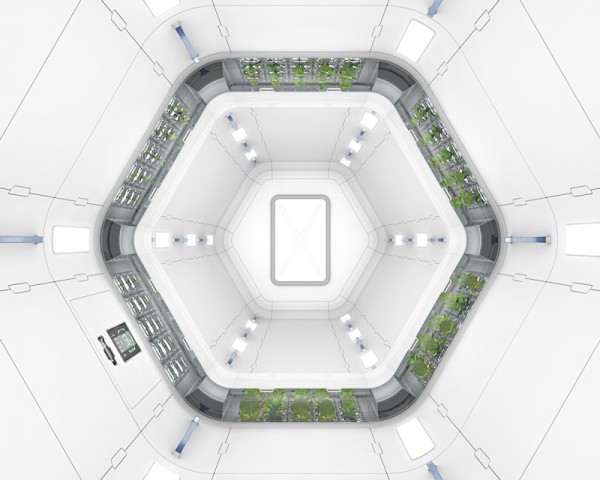When I was little, once a summer my family would travel to the big science museum in Boston, Mass. Besides the planetarium, the theater where they recreated a lightning storm, and the musical staircase, my favorite part of this trip was getting to buy a package of astronaut ice cream from the gift shop. In case you’ve never experienced this treat, it’s basically Neapolitan ice cream freeze-dried into a brick the size of a paperback novel.
As a kid, this was exciting, but as an adult, I now realize how unsatisfying it would be to eat astronaut food for long periods of time. Freeze-dried, rehydrated, food may keep you alive, but it’s not very pleasant to consume. Always interested in advancing space shuttle technology and creating an optimal environment for those on board, the NASA Space Center at Houston recently collaborated with students from the University of Lund to design a system that would allow astronauts to grow their own fresh food while in orbit.

Students from Lund’s School of Industrial Design spent two weeks at the Houston Space Center, working closely with Larry Toups, NASA’s an expert in space architecture currently working on habitats that will eventually allow humans to live on the moon. The students also had access to astronauts and NASA engineers while working on their designs.
The PLANT system is the work of Piotr Szpryngwald and is one of the most promising designs to come out of the collaborative project. Consisting of a series of small packets or “pillows” that contain growing material and are designed to be watered using existing onboard water delivery devices, the system will make it possible for fresh vegetables to be grown under the ship’s artificial lights.

“The system uses the capillary force of water traveling trough sponge like material,” explains Szpryngwald. “The ‘pillows’ which contain a granulate like filling suck the water through a membrane in the bottom of the silver packaging. Each pillow contains a seed, and can be reused.”

The packets would be contained in a circular growing habitat that would keep the plants out of the astronauts way in zero or micro gravity environments. “Floating through it should bring a bit back of a walk through a forest and be a reminder to mother earth,” says Szpryngwald. Could this be the beginning of farms in space? We’ll have to wait and see.